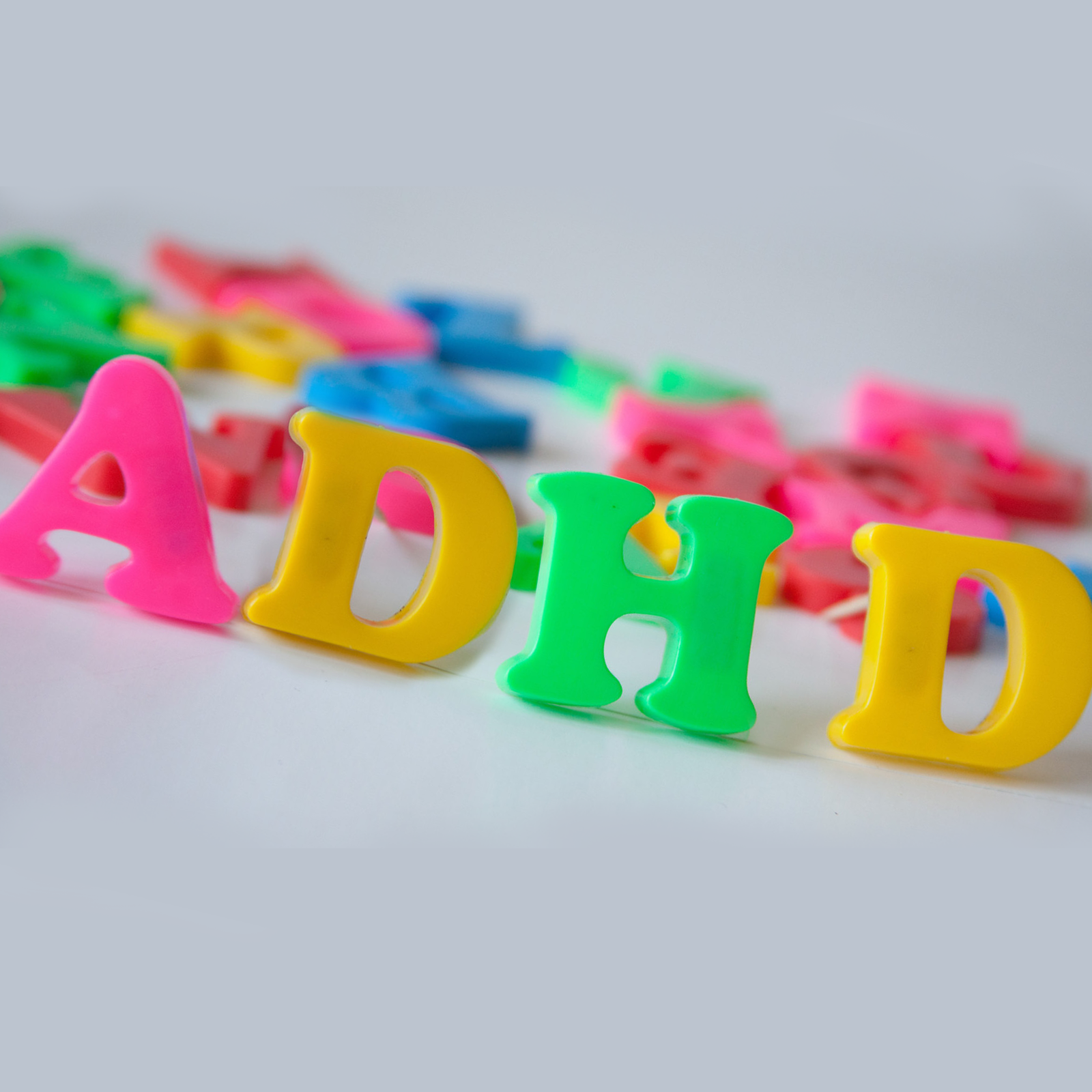Exist and Excel with ADHD
The acronym ADHD refers to Attention deficit hyperactivity disorder. This term is used for individuals who often find it difficult to pay attention to tasks and activities like others because of which they are not able to complete given tasks on time. ADHD is mostly diagnosed in children and it continues into teens and adulthood years. Adults can also develop symptoms even if they were never diagnosed in their childhood. There are millions of people affected by ADHD in Canada alone. Through this article, I would like to draw your attention on the symptoms and treatments for ADHD
“Attention-deficit hyperactivity disorder (ADHD) is a neurobehavioral brain disorder marked by an ongoing pattern of inattention and/or hyperactivity-impulsivity that interferes with functioning or development. It may negatively impact the patient’s academic or professional performance and/or social interactions.” A person with ADHD is easily distracted and finds it difficult to concentrate on one task for long.
ADHD may be classified according to the DSM-V criteria into three subgroups:
- Predominantly inattentive type (Poor concentration & focus)
- Predominantly hyperactive-impulsive type (Impulsiveness, excessive activity, restlessness)
- Combined type
Although the symptoms of ADHD can be similar to anxiety disorder, autism, bipolar disorder, conduct disorder, defiant disorder, major depression, oppositional dissociative disorder, and schizophrenia, but a proper diagnosis would be helpful to differentiate ADHD from the rest.
What are the most common symptoms of ADHD for Professionals?
- Struggles to stay focused
- Easily bored with the tasks
- Missing important details and appointments
- Low or poor self-esteem
- Forgets or misplace things
- Have trouble understanding minute details
- Keep hopping from one task to other which often result in incomplete tasks
- Disorganized
- Have trouble sitting still. Often gets up from the seat when remaining in seat is expected.
- Not able to coordinate properly with team or management
- Bad at following instructions
- Doesn’t take consideration of time when doing a work you find interesting
- Procrastination and missed deadlines
- Losing track of time
Getting a diagnosed for ADHD is important if you said yes to most of the symptoms above. If you are diagnosed with ADHD, your treatment plan, depending on the severity of the results, may include either or a combination of counselling, coaching, psychotherapy, and medication. I will soon post another article about managing ADHD in adults. Stay connected.
The information provided on this website is for informational purposes only and is not intended to be professional medical advice, diagnosis, treatment or care. It is not intended to be a substitute for the care of a physician with expertise in ADHD and its comorbidities. Never disregard professional medical advice or delay in seeking it because of something you have read on this website.
Image source





